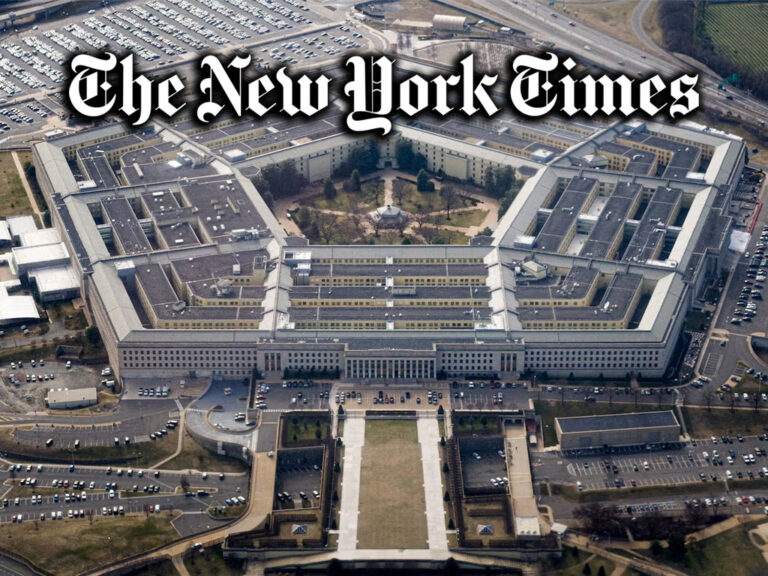
Sri Lanka has unveiled a bold plan to boost its exports to $36 billion over the next five years, according to Mangala Wijesinghe, the newly appointed Chairman of the Export Development Board (EDB). This ambitious target includes both goods and services, aiming to revitalize the country’s export sector and strengthen its economy.
Under the new strategy, Sri Lanka aims to increase goods exports to $25 billion, a significant jump from the current $12 billion. In parallel, the country plans to raise services exports to $11.5 billion, up from just $3 billion today. The government believes that both sectors hold immense potential for growth and can help improve the country’s foreign exchange earnings.
A major part of the plan includes fostering investment in the services sector, especially in marine-related industries. A key initiative to advance this goal is an upcoming marine investment forum scheduled for November 26. The forum is designed to attract foreign direct investment (FDI), which is expected to play a crucial role in enhancing Sri Lanka’s export capabilities, particularly in sectors like shipping, fisheries, and port services.
Wijesinghe emphasized that Sri Lanka’s political and economic stability, along with a supportive regulatory environment, will be pivotal in realizing these targets. He also highlighted the importance of transparency and efficiency in the export sector, stressing that digitalization would be integral to this transformation. The EDB plans to streamline operations and improve transparency by adopting advanced digital platforms, which will make processes smoother for both local exporters and international partners.
The government’s commitment to boosting exports is seen as a critical part of its broader economic recovery plan. By expanding both goods and services exports, Sri Lanka aims to diversify its income sources, reduce dependence on traditional sectors, and make significant strides toward achieving long-term economic sustainability.




